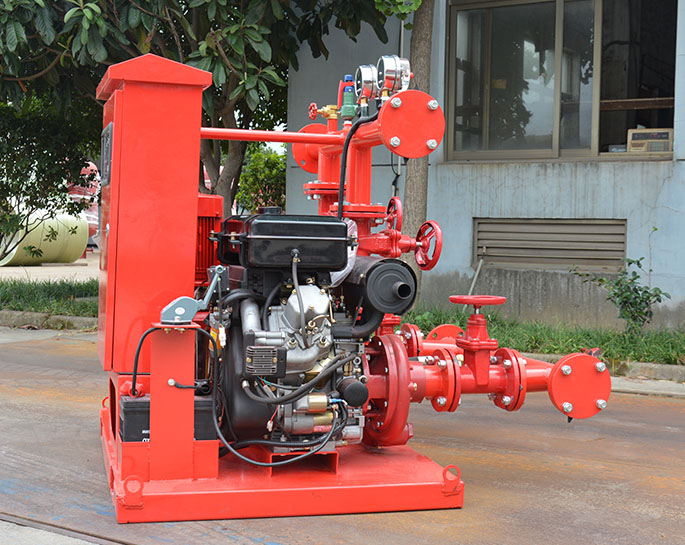Effective sealing conditions for fire pumps and electric valves
Effective sealing conditions for fire pumps and electric valves are crucial to ensure the proper operation of fire protection systems. Proper seals help prevent leaks, maintain system integrity, and ensure that the equipment is ready for action when needed. Here are some considerations for achieving effective sealing conditions:
1. Gaskets and Seals:
- Use high-quality gaskets and seals that are specifically designed for fire protection applications. These materials should be resistant to fire, heat, and chemicals commonly found in firefighting systems.
- Ensure that gaskets and seals are properly installed according to manufacturer recommendations. Over-tightening or under-tightening can lead to leaks.
2. Bolting and Fasteners:
- Use appropriate fasteners and bolts that are corrosion-resistant. Stainless steel is often a good choice due to its durability and resistance to corrosion.
- Apply the correct torque when tightening bolts to avoid over-compression of gaskets, which can lead to leakage.
3. Flange Faces:
- Ensure that flange faces are clean, flat, and free from any imperfections or damage. Imperfections can lead to leaks.
- Consider using a gasket sealant or lubricant, if recommended by the gasket manufacturer, to improve sealing performance.
4. Proper Installation:
- Follow the manufacturer's installation guidelines closely. This includes using the correct seal orientation and ensuring that all components are aligned properly.
- Be mindful of the proper sequence when tightening bolts and assembling components to prevent uneven stress on the seals.
5. Regular Inspection and Maintenance:
- Implement a routine inspection and maintenance schedule for fire pumps and electric valves. This should include checking for signs of leaks, corrosion, or damage to seals and gaskets.
- Replace seals and gaskets as needed or according to the manufacturer's recommended maintenance intervals.
6. Compliance with Standards:
- Ensure that all sealing components and procedures comply with relevant industry standards and codes, such as those established by the National Fire Protection Association (NFPA) or other local regulatory bodies.
7. Protection Against Environmental Factors:
- Consider environmental factors, such as temperature variations, UV exposure, and exposure to chemicals or moisture, when selecting sealing materials and methods.
8. Emergency Sealing Systems:
- In critical fire protection applications, consider the use of emergency sealing systems or devices that can automatically activate in case of a leak, ensuring rapid containment and mitigation of the issue.
9. Training and Documentation:
- Ensure that personnel responsible for maintaining and operating fire pumps and electric valves are adequately trained in proper sealing techniques and procedures.
- Maintain thorough documentation of all maintenance and inspections, including any changes made to the sealing components.
Effective sealing conditions are essential for fire pumps and electric valves to perform reliably in critical fire protection systems. Regular maintenance, compliance with standards, and attention to detail during installation are key factors in achieving and maintaining these conditions.


.png)
.png)

.png)


